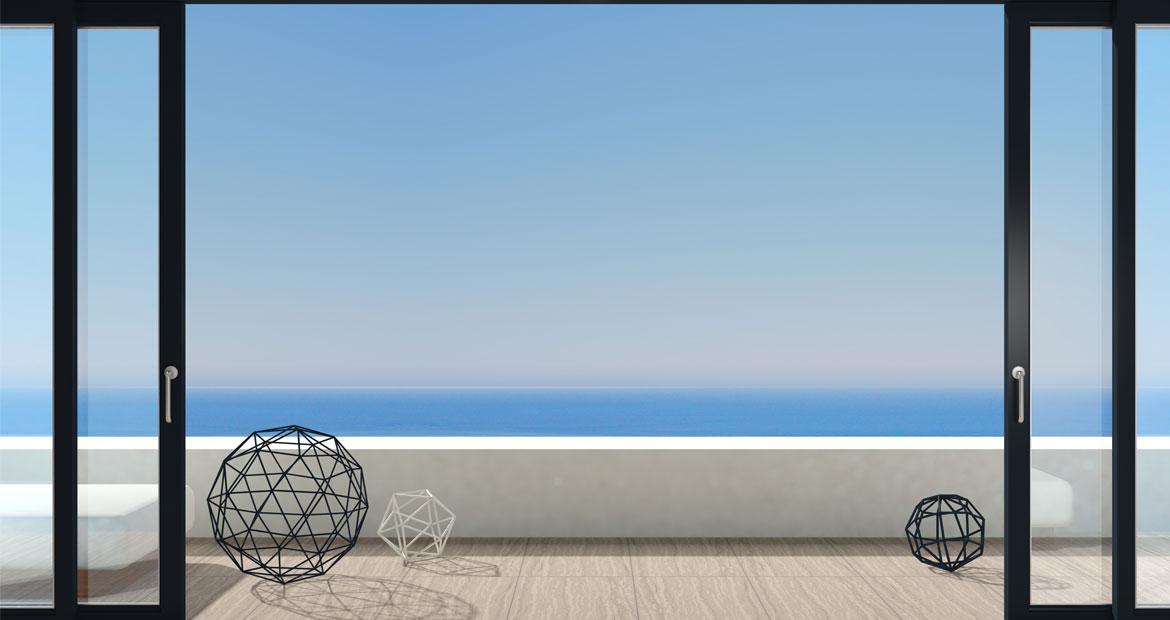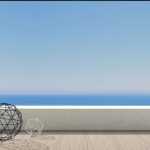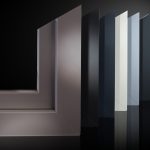PVC sliding joinery are modern building elements that offer a combination of aesthetics and functionality. These special systems are preferred where space saving, high performance and aesthetic appearance are important. Here is a detailed review on the usage areas and advantages of PVC sliding joinery and the value these systems add to our living spaces:
Areas of Use
PVC sliding joinery has a wide range of uses and is particularly ideal in spaces such as
- Residential buildings: Especially preferred for balconies, terrace doors and wide window openings. It saves space, enabling more effective use of indoor and outdoor spaces.
- Commercial Venues: It creates a stylish and practical transition point in places such as restaurants, cafes and shops.
- Office Buildings: It is used as an aesthetic divider between meeting rooms and office spaces, while maximizing the use of natural light.
Advantages
Space Saving
Unlike sliding doors, PVC sliding joinery does not take up space either inwards or outwards. This is a great advantage, especially in rooms with limited space.
High Performance
Thanks to its high quality sealing elements and double glazed structure, it offers excellent heat and sound insulation. This improves energy efficiency and reduces outdoor noise.
Aesthetic Appeal
With its modern and minimalist design, PVC sliding joinery fits easily into any architectural style. Various color and pattern options provide a special aesthetic contribution to spaces.
Durability and Ease of Maintenance
PVC is highly resistant to weathering and UV rays and will not fade or rot. In this way, sliding joinery remains as good as new for many years and requires minimal maintenance.
Ease of Use
Thanks to their lightweight construction and smart design, PVC sliding joinery can be easily opened and closed. This provides great comfort and convenience in everyday use.
PVC sliding joinery has become an indispensable part of modern living spaces with the features mentioned above. These systems make living spaces more comfortable, functional and sustainable, not only in terms of aesthetics and design, but also by meeting practical needs such as energy efficiency and ease of use.




